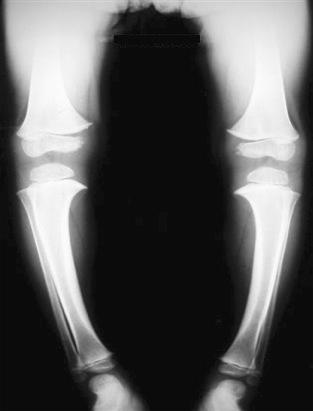Physical Address
304 North Cardinal St.
Dorchester Center, MA 02124
The discovery of vitamin D, the elucidation of the associated pathophysiology and then, more recently, the discovery and application of drugs that modulate the parathyroid hormone (PTH)–vitamin D–mineral physiology have their origins in a fascinating series of scientific experiments that led to the cure for rickets. The pleotropic effects of vitamin D have been elucidated more recently. Vitamin D is now known to play a central role in protecting against osteoporosis, risk of fracture and falls, cancer, infection, psoriasis, multiple sclerosis, hypertension, and diabetes; however, rigorous evidence from randomized trials to support the effects of vitamin D treatment on clinical outcomes such as mortality in the context of kidney disease is lacking. Vitamin D compounds are available in different forms and Table 22.1 provides a summary of these compounds.
| Vitamin D Form | Source | Chemical Structure | Molecular Formula | Commercial Formulation (USA/Canada) |
|---|---|---|---|---|
| Ergocalciferol | Derived from plant sources or dietary supplements |  |
C 28 H 44 O | Calciferol, Drisdol |
| Cholecalciferol | Produced in human skin or derived from animal sources or dietary supplements |  |
C 27 H 44 O | Maximum D3, Vitamin D3, D-Vi-Sol |
| Calcidiol 25(OH) vitamin D3 | Produced in liver from cholecalciferol and ergocalciferol |  |
C 27 H 44 O 2 | Not available |
| Calcitriol 1,25(OH) vitamin D3 | Produced in renal and extrarenal tissues or available in synthetic forms |  |
C 27 H 44 O 3 | Calcijex, Rocaltrol, Vectical |
| 1-alpha calcidiol 1(OH) vitamin D3 | Synthetically produced |  |
C 27 H 44 O 2 | Not available |
| Paricalcitol 19-nor-1,25(OH) vitamin D2 | Synthetically produced |  |
C 27 H 44 O 2 | Zemplar |
| Doxerecalciferol 1(OH) vitamin D3 | Synthetically produced |  |
C 28 H 44 O 2 | Hectorol |
Rickets was first described in detail by Daniel Whistler and Francis Glisson in the 17th century but did not receive much attention until the industrial revolution. During that time, many families went from working outdoors to the ill-ventilated, dark, and unhygienic environment of factories. The smog-polluted cities of Europe made exposure to the sun even more difficult. As a result, rickets became endemic in the factory-filled, polluted cities of Europe. In the 1800s, Armand Trousseau and Frantisek Chvostek further characterized the effects of severe calcium depletion, describing the physical signs of latent tetany, spasms of the extremities due to hypocalcemia. Rickets is primarily a disorder of the young, resulting from insufficient uptake of dietary calcium. Afflicted children showed poor muscle tone with retarded sitting and walking function, pigeon breasts and bowed legs ( Fig. 22.1 ), and high mortality. Clinical manifestations also include weakness, bone deformity, muscle spasms, and seizures.

In 1822, it was first observed that rickets was endemic in cities but not in small towns, implicating sun exposure as a remedy. In 1827, D. Scheutte reported cure from rickets from intake of cod-liver oil. The concept of micronutrient deficiency leading to clinical disease was yet in its infancy and his proposal went largely ignored at this time. It was not until the early part of the 20th century that a Dutch physician, Christiaan Eijkman (who discovered vitamin B or thiamin) and a British scientist, Sir Frederick Hopkins (who discovered the amino acid tryptophan), proposed and convincingly proved the concept of micronutrient or “accessory food factors.” For their pioneering work, both were jointly awarded the 1929 Nobel Prize for Medicine or Physiology ( http://nobelprize.org/nobel_prizes/medicine/laureates/1929/ ).
Become a Clinical Tree membership for Full access and enjoy Unlimited articles
If you are a member. Log in here